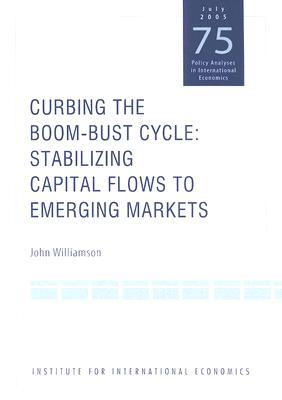International investors poured vast sums of money into East Asian and Latin American countries during the mid-1990s, when the emerging market boom was at its peak. Then Thailand stumbled and panic seized the markets, and boom gave way to bust. Investors suffered large financial losses, while Asian countries suddenly experienced large capital outflows and the macroeconomic pressures these wrought plunged countries that had been growing rapidly ("miraculously") into crisis. Much the same had happened in Latin America when the debt crisis broke in 1982.
This book investigates what can be done to make the international capital market a constructive force in promoting development in emerging markets. John Williamson concludes that the problem of cyclicality that has undermined the value of international borrowing cannot be tackled just, or even mainly, from the supply side, but will require actions on the part of both creditors and debtors.
- Cover
- Contents
- Preface
- Acknowledgments
- Chapter 1 Introduction
- Chapter 2 The Problem of the Boom-Bust Cycle
- Capital Flows as Drivers of Cycles in Emerging Markets
- Excessive Capital Inflows
- Overborrowing and the East Asian Crisis
- Costs of Crises
- Crises and Progress
- Chapter 3 The Case for Capital Mobility
- Reallocating Capital
- Consumption Smoothing
- Risk Diversification
- Access to Intellectual Property
- Discipline
- Evaluation
- Chapter 4 Forms of Capital Flow
- A Taxonomy
- The Facts
- Volatility
- Comparison of Six Characteristics
- Why Do Emerging Markets Borrow Short-Term in Dollars?
- Policy Implications
- Chapter 5 The Asset Management Industry
- How Asset Management Is Organized
- Problems
- Is Short-Termism Good for Creditors?
- Chapter 6 What Creditors Could Do
- Equity
- All Fixed-Interest Lenders
- Multilateral Development Banks
- Commercial Banks
- Bonds
- A Program
- Chapter 7 What Debtors Could Do
- Macroeconomic Policy
- Bank Supervision
- Bond Market
- Capital Controls
- Currency of Denomination
- GDP-Indexed Bonds
- A Program
- Chapter 8 An Action Program
- References
- Index

